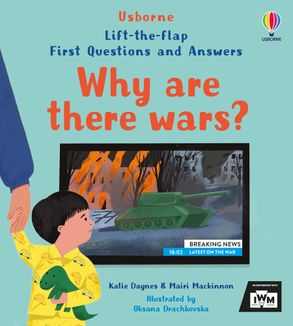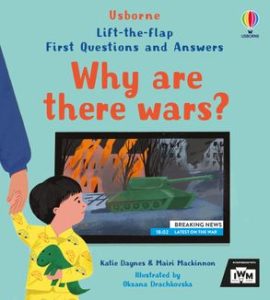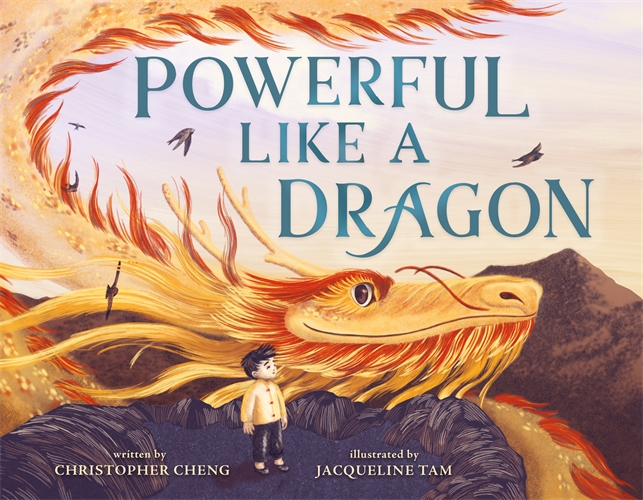
Why are there wars?
By Katie Daynes & Mairi Mackinnon
Illustrated by Oksana Drachkovska
Reviewed by Barbara Braxton
 Sadly, in a time when in most countries, it has recently been a time of “peace and goodwill to all”, our news bulletins have remained peppered with stories about conflicts around the world, and these events have huge impacts that spread like pebbles in a pond well beyond the ideologies and beliefs of those who begin them.
Sadly, in a time when in most countries, it has recently been a time of “peace and goodwill to all”, our news bulletins have remained peppered with stories about conflicts around the world, and these events have huge impacts that spread like pebbles in a pond well beyond the ideologies and beliefs of those who begin them.
There would be few schools in Australia where there are not families who have been impacted by war in some way, either by current events or those stretching back into history when previous generations were forced to flee and begin a new life here. And so, no doubt, they have been confronted by the question, “Why are there wars?” from little ones.
As sensitive as the topic may be, Usborne have addressed it in this 12 page lift-the-flap board book that explains why there are wars, the fact that wars have occurred for centuries, that there are many who work hard to keep people safe, that wars do end and they can be prevented if we work towards a more peaceful world. With carefully chosen words and examples, readers can engage with the answers by lifting the flaps to get a better understanding and these are, in turn, supported by internet links which help parents talk to their children about war as well as ways children can get involved in various projects that can help them be kinder, more understanding, tolerant and accepting of differences. Created with expert advice from a number of experts and in conjunction with the Imperial War Museum, London this is designed to help parents and teachers address the hard questions so that little ones understand such a big-feeling concept at their own level, and unlike previous generations like mine, know that war is not necessarily an inevitable part of their future.
This is one best read with an adult so there can be deeper conversations and explanations, but nevertheless, it has a place in the collection of any school whose students have been touched by such an event in some way.
Usborne, 2024
Reprinted from The Bottom Shelf with permission




